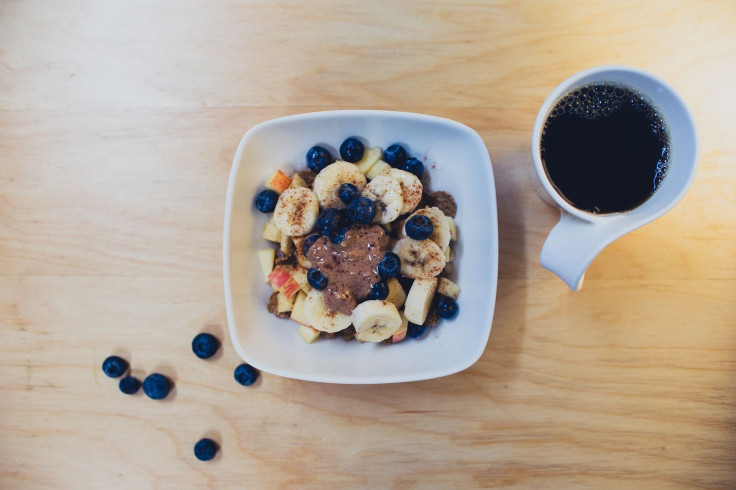Hangover Cure: 12 Healthy Foods And Drinks That'll Get You Back On Track After Drinking Too Much Alcohol

Whether it’s wine, whiskey, or pints on pints of beer, drinking too much is likely to cause a combination of headaches, lethargy, and nausea the next morning. Fortunately, there are ways to counteract some of the negative effects the body suffers when we overindulge. And it all starts with understanding how a hangover works.
The Anatomy of a Hangover
Alcohol affects the production of vasopressin, a hormone that controls fluid balance. This is why in the middle of a night of drinking we often “ break the seal ” and start to urinate more frequently. As the body becomes increasingly dehydrated, the likeliness of a hangover increases. Dehydration causes a range of other effects on the body, including dry mouth, thirst, dizziness, and lightheadedness. According to Harvard School of Public Health , some people develop sensitivity to light or sound the next morning, which can be a form of vertigo.
Aside from dehydration, a hangover is also characterized by overactive motor pathways in the brain, which causes blood sugar to be processed less efficiently. As blood sugar is used up and the motor pathways remain active, resources are taken from other parts of the brain, which could explain why we often feel mentally slow the next day.
Another possible explanation: alcohol derails the brain’s normal sleep cycles. Even if you clocked in a greater quantity of sleep, that doesn’t mean you had quality sleep. Alcohol blocks the body’s ability to attain quality sleep because it disrupts the hormones that regulate our biological clocks, which in turn causes what might seem like a bad case of jet lag.
Finally, the immune system also gets hit. Alcohol upsets cytokines , chemical messengers that can trigger acute inflammation — this is why many of us take a small dose of ibuprofen immediately upon waking up. Sidenote: Drinking only one alcoholic drink per hour can hurt the liver, so it’s important not to stress it out more with drugs like acetaminophen (Tylenol).
Now that you have a better understanding of where a hangover comes from, click “View Slideshow” to see which food and drinks can make it go away.




























